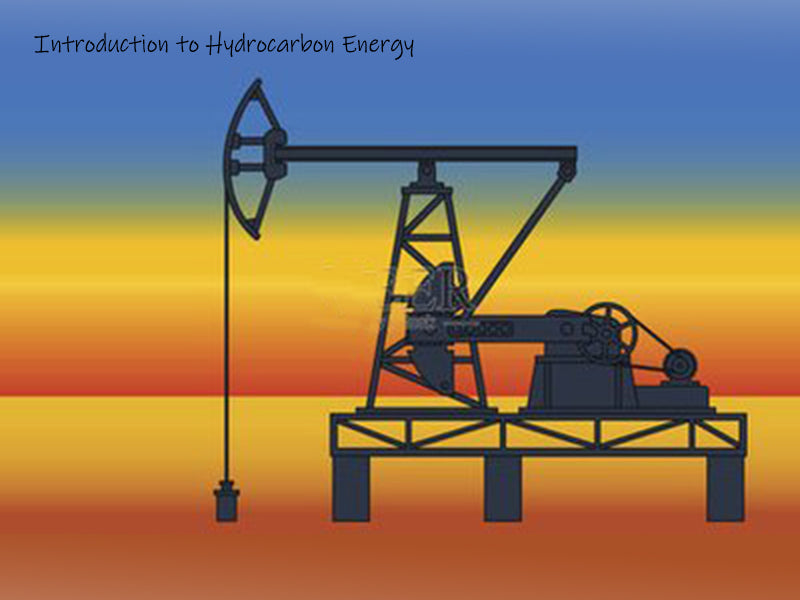
Main content:
The graph below compares the specific energy generated by hydrocarbon energy (before and after combustion) with electrochemical and mechanical/fluid batteries. It is clear that even considering the low efficiency (5%~20%) of the thermal conversion process, the energy that can be generated by hydrocarbon energy and hydrogen energy is still very considerable.
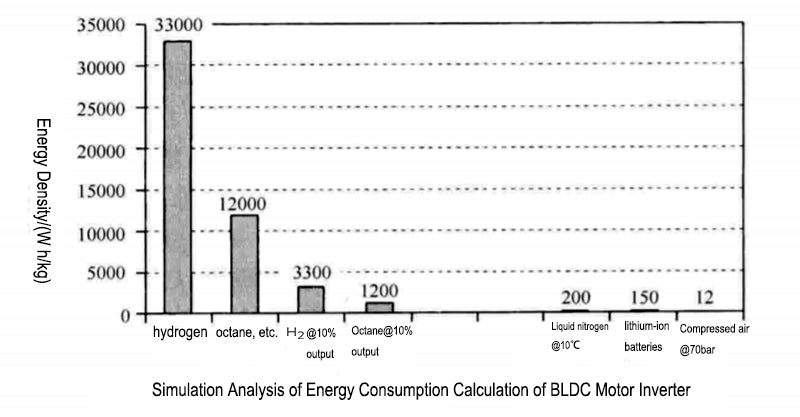
Power MEMS are microelectromechanical systems capable of generating or converting electrical energy. These include systems where hydrocarbon energy are burned in turbines or pistons to convert thermal energy into mechanical energy, which works exactly like existing large power plants. Some of the current major research or applications include micro-turbine generators with a speed of 3,000,000 r/min (MIT), Wankel triangular rotary engines (University of California, Berkeley), linear free-piston engines (University of Birmingham, etc.), exhaust gas Electricity generation or even steam engines, (Sandia University), these systems are more or less connected to conventional generator sets for the output of electrical energy.
1. Microturbines realized by the combustion of hydrocarbon energy
In the history of hydrocarbon energy research, MIT has hydrocarbon energy voted about 10 years to an ambitious research project: the turbine on a coin, a planar turbine integrated on a silicon wafer, is made up of about 10 Silicon substrates are superimposed. The rotor of the turbine is 8mm in diameter, rotates more than three million revolutions per minute, and can generate tens of watts of mechanical power, due to the simultaneous combustion of the hydrocarbon energy mixture, the temperature of the exhaust gas released exceeds 1500°C.
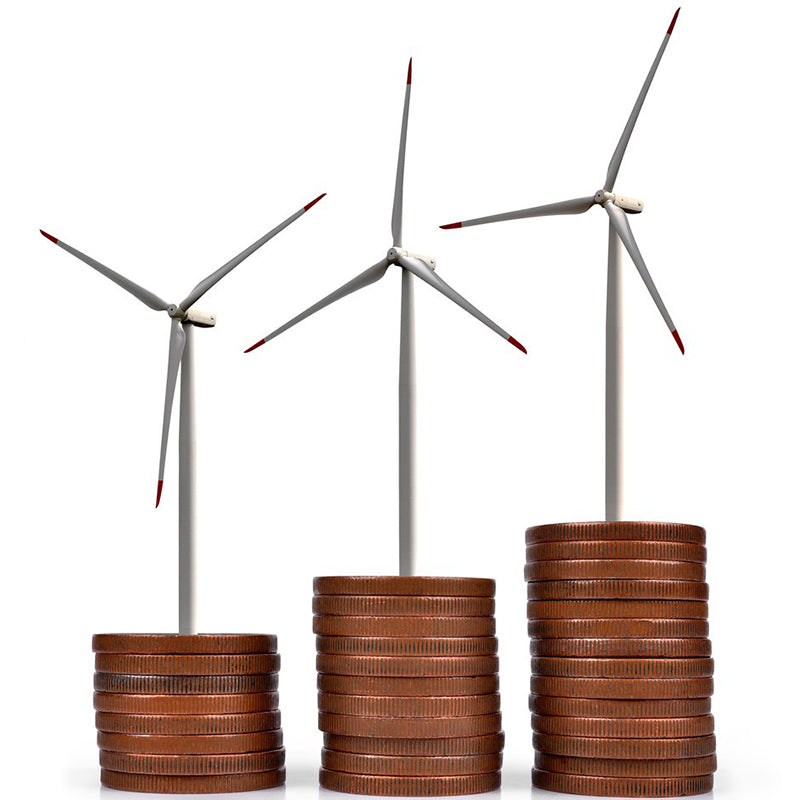
Similar research work has also been carried out by Columbia University in the United States and the University of Sherbrooke in Canada. Tohoku University in Japan is also conducting research on hydrocarbon energy and then realizing the operation of micro-turbines. The technology is not necessarily cutting-edge, but more practical. Zwissyg and Piers of the Catholic University of Luhan in Belgium have developed slightly less integrated turbines, based on micromechanical technology rather than silicon integration, that can generate tens of watts of power.
Other studies of microturbines realized by the combustion of hydrocarbon energy include Wankel triangular rotary engines and linear free-piston engines.
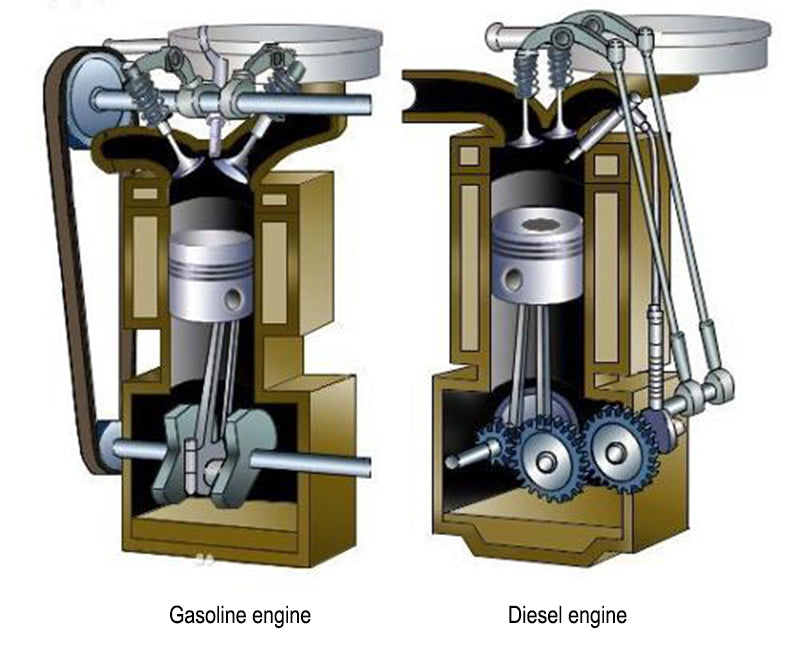
2.Mechano-magnetic conversion realized by the combustion of hydrocarbon energy
The generator connected to the microturbine, which is realized by the combustion of hydrocarbon energy, which is researched by MIT, was originally an electrostatic induction generator, but it will break down when the voltage reaches 100V, which makes the researchers consider Using "traditional" electromagnetic conversion methods, such as the induction generator developed at the Georgia Institute of Technology.
The result is a series of magnet-based generators that can be used not just in MIT's thermal turbines, but in other systems as well.
The Grenoble Electrical Engineering Laboratory (G2Elab), France, has developed a planar magnetic micro-turbine generator, equipped with a magnetic-air hybrid bearing, capable of generating 50mW of power at 30,000r/min (with associated power conversion equipment) . If connected to a dental drill, this generator can produce 5W at 400000r/min and 20W at 1000000r/min.
A Chinese research group has also been conducting research in this area. Using the same principle, the Royal Institute of Technology in London has developed a gas flow sensor that uses hydrocarbon energy to run a micropower generator to achieve its sensing function.
3.Thermoelectric power generation
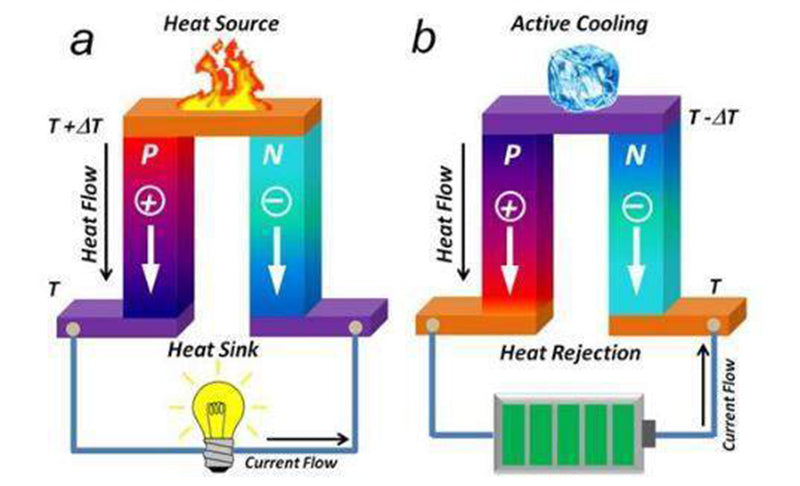
Unlike the way that hydrocarbon energy are burned to generate electricity, thermoelectric power generation works using the Seebeck effect (as opposed to the Peltier effect), which is how thermocouples measure temperature. A thermocouple consists of two different metals connected together. When the temperature of the two metals is different, a certain voltage will be generated. This voltage is about tens of microvolts per Kelvin (J-type thermocouple is 50pμV/K) . By combining thousands of thermocouples, it is possible to form a thermoelectric converter capable of producing 1V. Assuming that the temperature difference between the cold and heat sources reaches several hundred degrees Celsius, the efficiency of commercial thermoelectric converters can reach 6%. However, since the efficiency of thermoelectric power generation is closely related to the temperature gradient, its conversion efficiency also drops sharply when the temperature difference decreases.
The use of traditional techniques to manufacture thermocouples has been around for a long time, and new fabrication techniques are also being explored. Among them, the thermoelectric structure fabricated by bending metal wires, although its conversion efficiency is still not high enough, its simple process can reduce the manufacturing cost. Therefore, it is possible to use commercially available "gasoline" (LUFO) lamps that shade part of the flame to convert thermal energy into electricity. In some prototypes developed, this LUFO lamp can generate up to 3W of power, enough to power a semiconductor radio.
Based on the same principle, some studies have used the energy generated during the driving of a car's rubber tires to power sensors embedded in the rubber. Rubber tires generate heat and form "hot spots" during driving. Using thermoelectric transducers, part of the dissipated energy can be harvested and supplied to sensors and associated electronics.
Other forms of thermoelectric technology are also being developed, such as the deposition of thermocouples on silicon wafers to form thermocouple meshes. In addition to the material aspect, the main difficulty of this technology is how to obtain a significant temperature gradient in such a small scale space.
Since silicon is a good thermal conductive material, it is quite difficult to generate several hundred degrees Celsius between two junctions separated by several hundred micrometers on a silicon wafer, even with a temperature difference of a few degrees Celsius.
For higher power output, burn propellants or hydrocarbon enegry. However, there are also systems that use body temperature to power watches or "information-based" clothing. In addition, some are considering energy supply systems that can be implanted in the subcutaneous tissue.
4.Micropropellers utilizing solid propellants and nano-energy materials
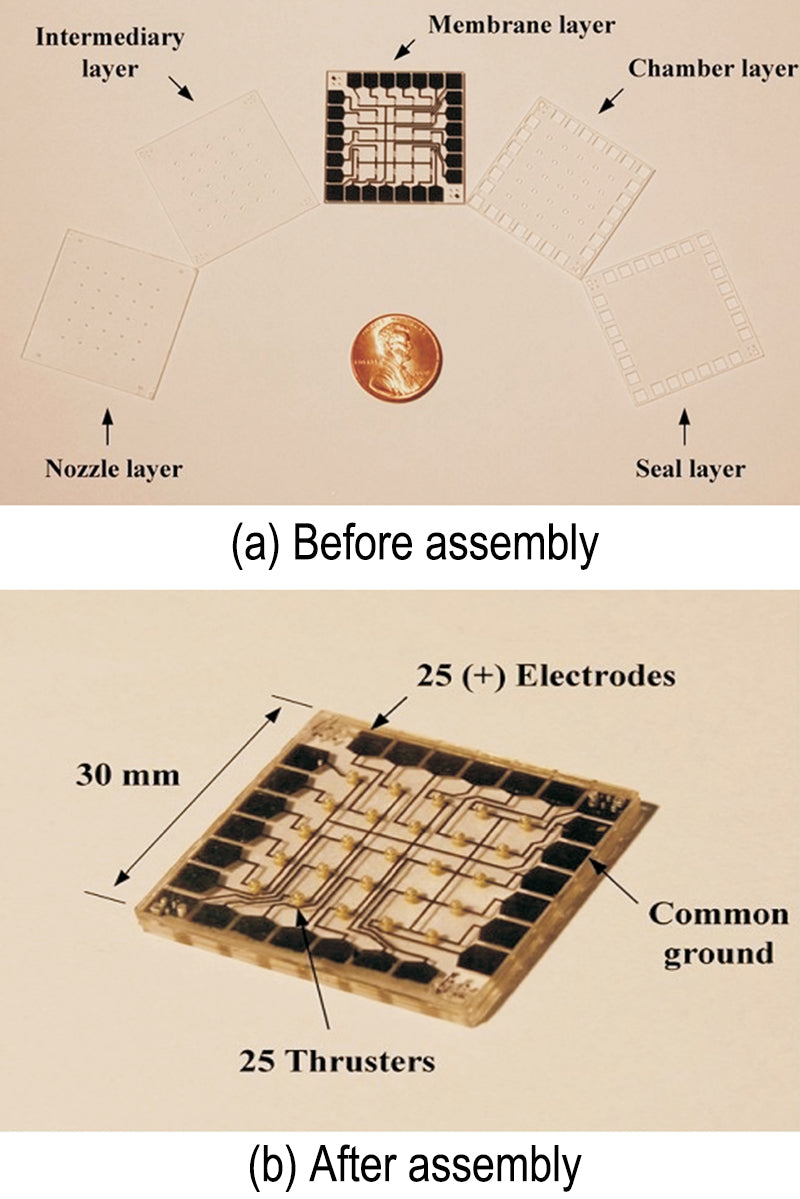
The current major research institutions in this field are the Laboratory for Systems Analysis and Structures (LAAS) in Toulouse, France, and the University of California, Berkeley, USA. These research groups are developing pyrotechnic microcapsules for heat utilization (and subsequently thermal generators) or mechanical energy utilization (propulsion systems). At present, micro-propellers can be manufactured using micro-manufacturing technology, and their main applications are the stable control of micro-satellites or small unmanned aerial vehicles.
At present, the above work can be done using nano-energy materials. These materials have a much higher energy density than batteries and are able to release that energy in a fraction of the time. Therefore, they can also provide much higher power density than batteries.
It can be seen that these nano-energy materials are comparable in performance to hydrocarbon energy and also release energy in the form of heat. Of course, if the energy is ultimately used in the form of electricity, the influence of the power converter and its conversion efficiency on the system also needs to be considered.
Read more:What is electrochemical energy storage?